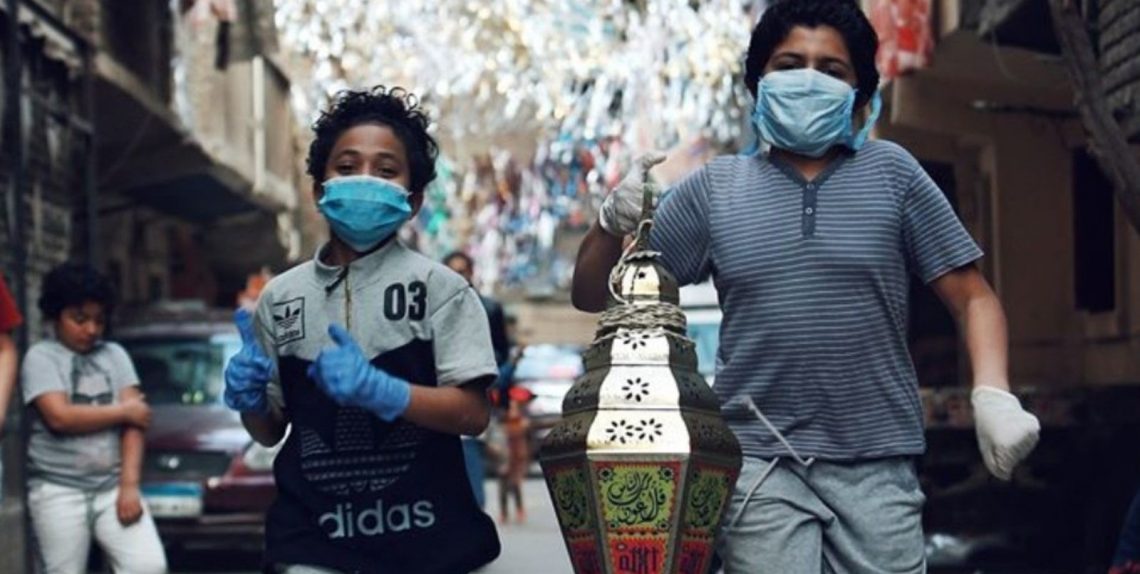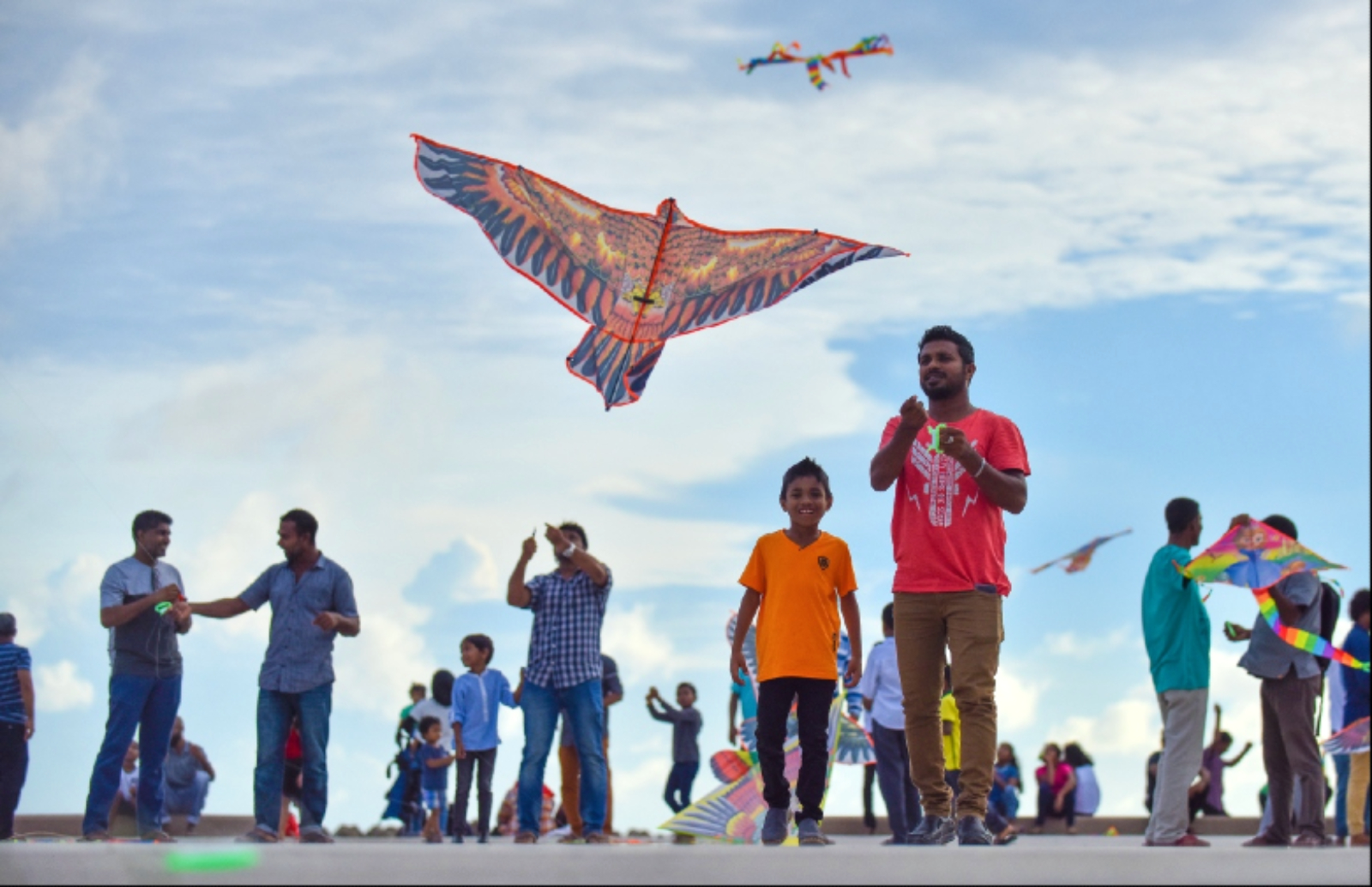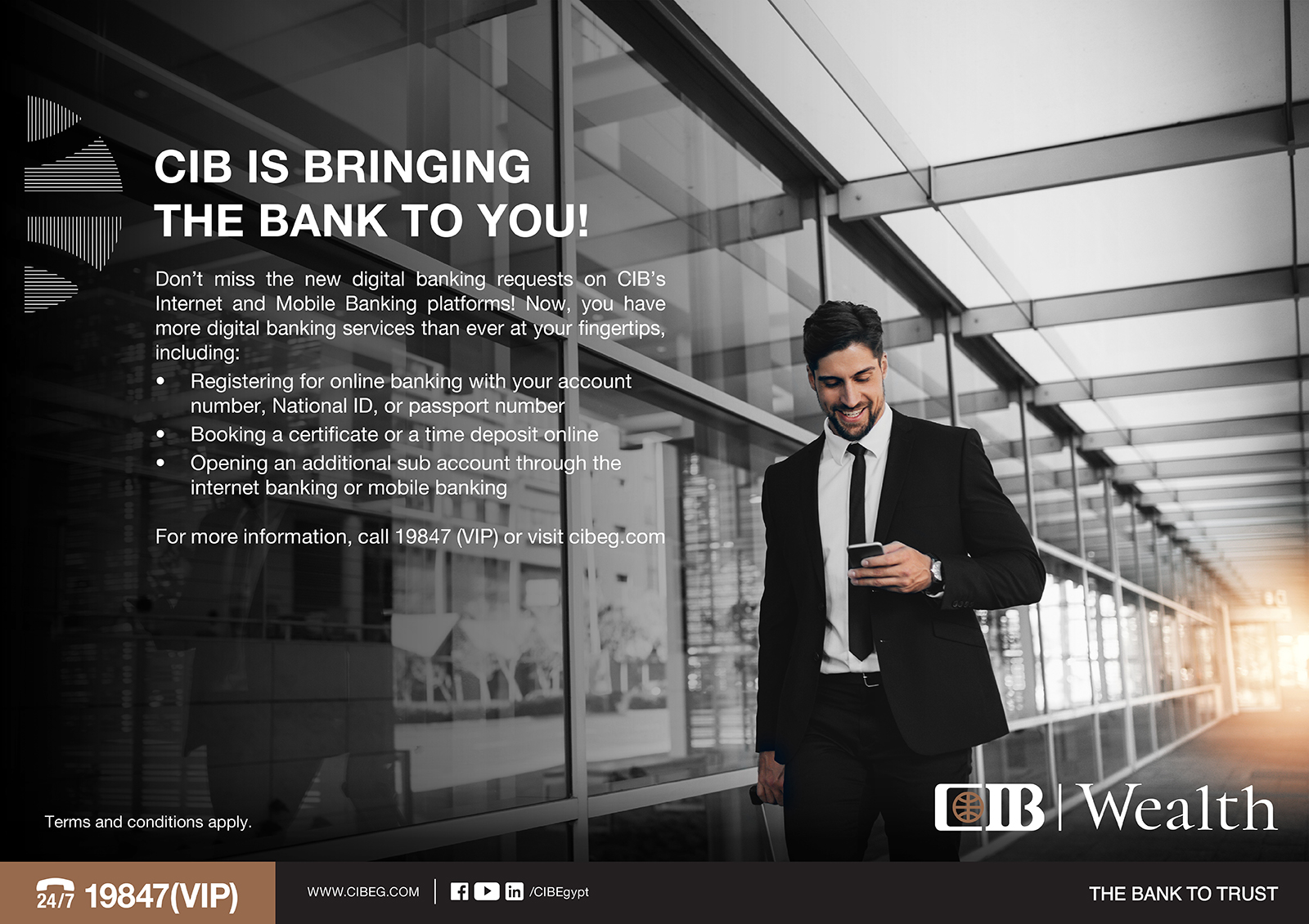The history of Egypt’s Ramadan: Most of us take for granted the traditions and spectacles that make spending the holy month in Egypt an unforgettable experience. Many of the festivities that distinguish Ramadan today originated during the Fatimid caliphate, which ruled much of the Arab world for nearly 200 years between the 10th and 11th centuries AD and established Cairo as its capital.
The traditional Ramadan fanoos (lantern) was said to have come into existence after locals carried candles on wooden bases to light the way for the arrival of Fatimid caliph and Cairo founder Al Mu’izz li-Din Allah Al Fatimy on the fifth night of Ramadan in 969 AD. Since then, the fanoos has become synonymous with the holy month, and its function evolved from a traditional lantern to an ornament throughout the Arab world.
We would also not have a “mesaharaty” if it weren’t for Egypt: The practice dates back to Mecca’s Bilal ibn Rabah, who was history’s first mu’azzin (prayer-caller) and the first to roam the streets on Ramadan nights to awaken people for sohour. But the more recent use of a drum, which is the most distinguishing feature of today’s mesaharaty, began on the streets of Cairo. The practice began during the Fatimid era when caliph Al Hakim Bi Amr Allah ordered people to sleep after the Taraweeh prayers in the late evening and had his soldiers pass by houses to awaken people for their final meal before fasting began at dawn. Fouad Haddad and Sayed Mekawy’s iconic 1950s television show “El Mesaharaty” then made the “mesaharaty” a star in Egyptian and Arab folklore, giving the character new life.
Cairo was the first major city to fire a cannon at dawn signaling the end of the fast. One legend says the tradition, which became known as sounding Madfa’ El Iftar (the Iftar Cannon) started after Mamluk sultan Sayf Al Din Khushqadam tested a cannon he received as a gift in 1455. Khusqadam, coincidentally, fired the gun at dusk, and locals thought this was a signal to break the fast. Today, the word madfa’ (cannon) is used throughout the country to refer to the time at which Muslims can break their fast. The original cannon at the Citadel fired again this year after being out of commission for three decades.
And let’s not forget Mawa’ed El Rahman and the Ramadan tent: Charity iftar tables (Mawa’ed El Rahman) were first seen during the reign of Fatimid caliph Al Aziz Billah. They became widespread in Egypt under King Farouk I, and were open to travelers and working class people from all walks of life. The more lavish Ramadan tents, commercial venues for people to gather after iftar, are another tradition owing its popularity to Egypt. Some accounts claim the tents date back to the Fatimids, while others say they’re relatively more recent and evolved from “saradek” tents Egyptians set up as places to offer condolences.
Some traditions can even be traced back to the Pharaohs: Egyptians were said to have taken inspiration from Pharaonic etymology to give us the celebration song “Wahawi ya Wawahi Eyaha,” which some say is derived from a phrase ancient Egyptians used to hail queen Ahhotep I, whose name in standard Arabic is “Eyah Hotep.”
Ramadan has provided plenty of literary inspiration: Many Arab literary works were inspired by Ramadan and its rituals, including Nubian author Mohamed Khalil Kassem’s 1968 novel “Al Shamandoura,” which depicts how Nubians celebrated Ramadan, Jurji Zaydan’s “17 Ramadhan,” which takes place entirely during the holy month, and Naguib Mahfouz’s “Khan Al Khalili.”
In recent history, Ramadan was witness to the crossing of the Bar Lev line during the 1973 October War when, Egyptian troops broke through impenetrable Israeli fortifications along the eastern bank of the Suez Canal, and Muslims among them did so while fasting. Army commanders had chosen Operation Badr as a codename for the crossing, drawing inspiration from the Battle of Badr between the early Muslims and the tribe of Quraysh, which also took place in Ramadan in 624 AD.









